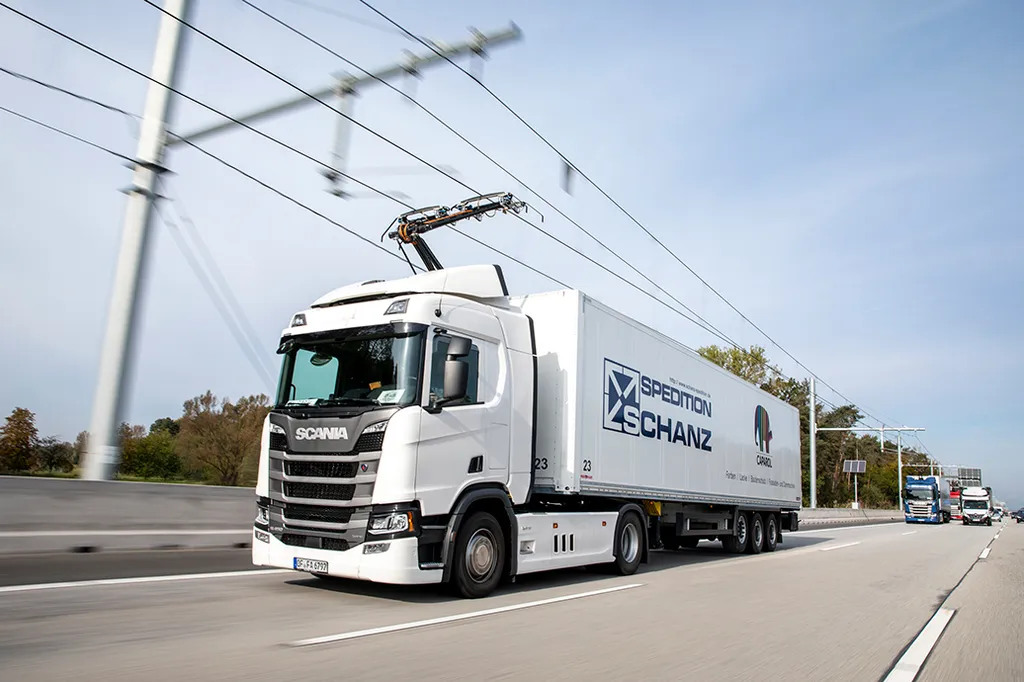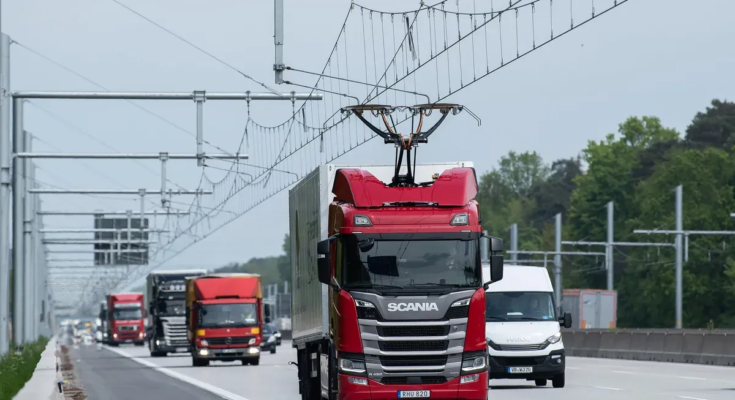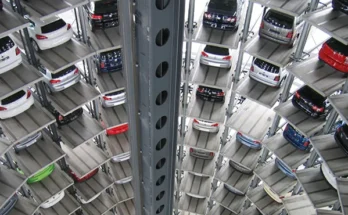Germany has taken a significant step toward sustainable transportation by launching its first electric highway, a six-mile stretch on the A5 autobahn south of Frankfurt. Developed by Siemens, this innovative eHighway system aims to reduce emissions, cut fuel costs, and enhance energy efficiency in freight transport. Currently, a Scania truck from Volkswagen is using the system, with additional trucks expected to join by 2020.

How the E-Highway Works
The eHighway operates using a combination of overhead electric lines, an active pantograph, and hybrid drive technology. This system allows trucks to travel efficiently on electrified roads while maintaining the flexibility to operate on conventional highways.

1. Energy Supply

Power is supplied through a two-pole catenary system, similar to railway electrification. This ensures continuous electricity transmission to trucks even at high speeds. Key components of the energy supply infrastructure include:
- Medium voltage switchgear
- Power transformers
- Rectifiers
- Controlled inverters, which enable energy recovery through regenerative braking
2. Active Pantograph
Mounted on the truck, the active pantograph connects to overhead contact lines, providing power directly to the vehicle’s electric motor. The pantograph can engage and disengage automatically or manually at speeds up to 90 km/h, allowing seamless transitions between electrified and non-electrified sections of the highway.
A key advantage of this technology is its adaptability. The pantograph adjusts for lane shifts and automatically disconnects if the driver makes an evasive maneuver or activates turn signals, ensuring safety and operational flexibility.
3. Hybrid Drive Technology
Trucks using the eHighway operate on electric power when connected to overhead lines. However, for stretches of road without catenary infrastructure, vehicles switch to a hybrid drive. This system can incorporate internal combustion engines, batteries, or fuel cells depending on operational needs. Additionally, regenerative braking helps recover energy, enhancing overall efficiency.
Global Testing and Future Expansion
The eHighway system has been tested in multiple countries. Siemens first trialed the technology in Sweden in 2016, followed by pilot projects in the United States.
- Sweden: A nearly two-mile section north of Stockholm is currently undergoing testing to assess its potential for national road network integration. Scania hybrid diesel trucks, modified to operate under catenary power, are being used.
- United States: In Southern California, a one-mile demonstration project aims to evaluate the eHighway’s benefits for freight transport, particularly in high-traffic areas connecting the ports of Los Angeles and Long Beach with regional rail terminals. Reducing air pollution is a key objective, as the region suffers from significant freight-related emissions.
Impact and Future Potential
The eHighway initiative represents a major advancement in sustainable freight transport. By reducing reliance on fossil fuels, lowering trucking costs, and cutting emissions—including CO2 and nitrogen oxides—this technology could revolutionize the trucking industry. If widely adopted, electric highways could pave the way for a cleaner, more cost-effective transportation system worldwide.



